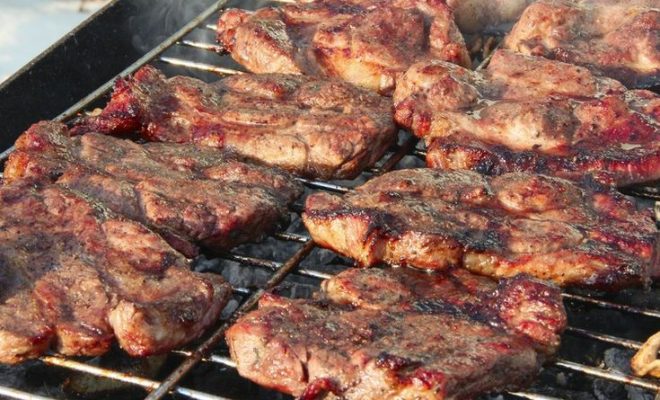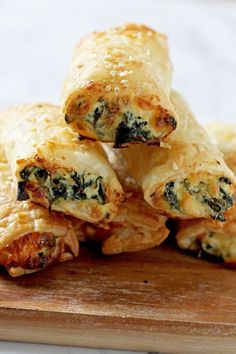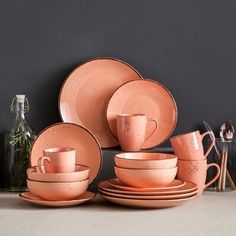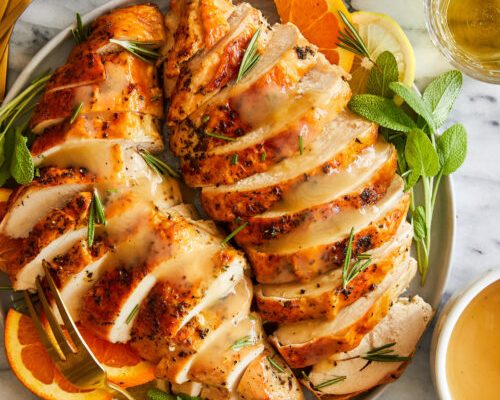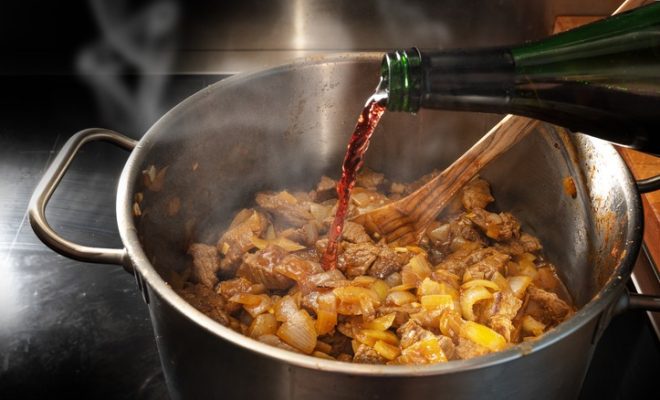That Old Nonstick Skillet May Be Unsafe. Here’s How to Tell

Nonstick cookware has been a kitchen staple for decades, embraced for its convenience and ease of use. However, as these pans age, they can become less effective and potentially unsafe for cooking. Over time, the nonstick coating can break down, leading to a slew of safety concerns that not only affect the quality of your food but may also pose health risks. Knowing how to tell if your old nonstick skillet is unsafe is critical for maintaining a healthy kitchen.
Firstly, inspect the skillet’s surface. If you notice any scratches, peeling, or flaking of the nonstick coating, it’s a clear sign that it’s time to retire the pan. These imperfections are not just unsightly; they can be dangerous. When the surface is compromised, bits of the nonstick material can start to mix into your food during cooking.
Another red flag is discoloration or staining that won’t come off with cleaning. This suggests that the skillet has been overheated, potentially leading to the degradation of chemicals in the nonstick layer. Nonstick surfaces are typically safe when used at recommended temperatures – usually not exceeding 500°F (260°C). However, when overheated beyond these points, certain older nonstick coatings could release toxic fumes.
Also consider the age of your skillet. Traditional nonstick skillets made before 2013 may contain perfluorooctanoic acid (PFOA), also known as C8, which has been linked to several health issues including cancer and thyroid disease. Although PFOA has been largely phased out of cookware production due to health concerns and environmental regulations, if your pan predates this change, it’s better to err on the side of caution and dispose of it.
Furthermore, if food starts sticking to a nonstick pan more than usual even after proper cleaning and oiling, it means that its efficacy has waned and its coating likely isn’t intact anymore.
Newer models of nonstick skillets often employ safer alternatives like ceramic coatings or reinforced polytetrafluoroethylene (PTFE), which does not contain PFOA. Investing in high-quality nonstick cookware and using it properly — avoiding metal utensils which can scratch coatings and cooking within recommended temperature ranges — will extend the life and safety of these kitchen essentials.
To protect yourself from potential hazards associated with older nonstick pans:
– Regularly check your cookware for signs of wear.
– Replace any skillet with visible damage to its nonstick coating.
– Avoid high-heat cooking with nonstick pans.
– Use silicone or wooden utensils instead of metal.
– Consider upgrading older pans with newer safety-standard-compliant options.
In conclusion, while that old nonstick skillet might have served you well over time, it’s essential for both food quality and your health to know when to let go. Stay vigilant about the condition of your cookware and replace pieces that show signs of wear or damage promptly to ensure a safe cooking environment in your home kitchen.

